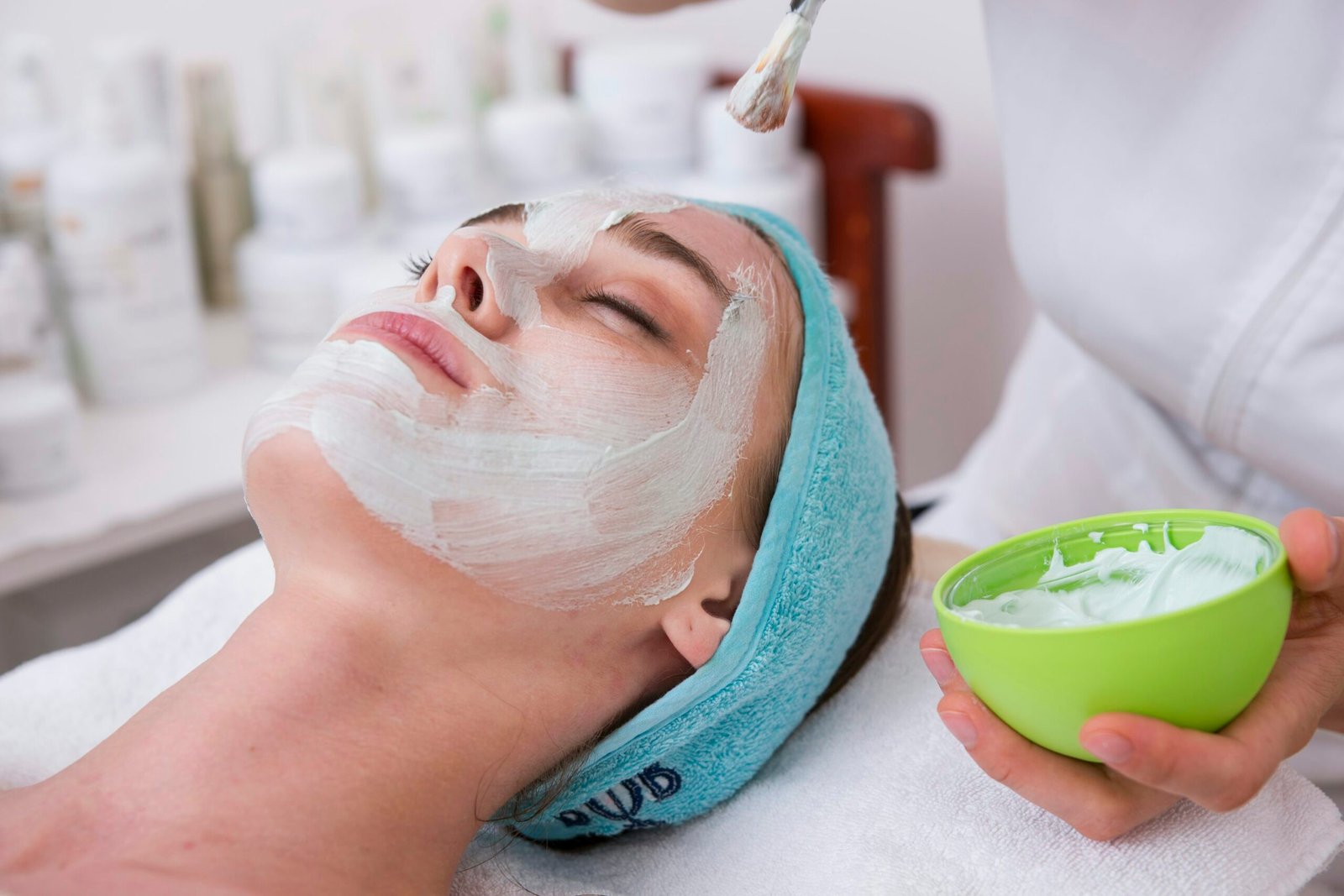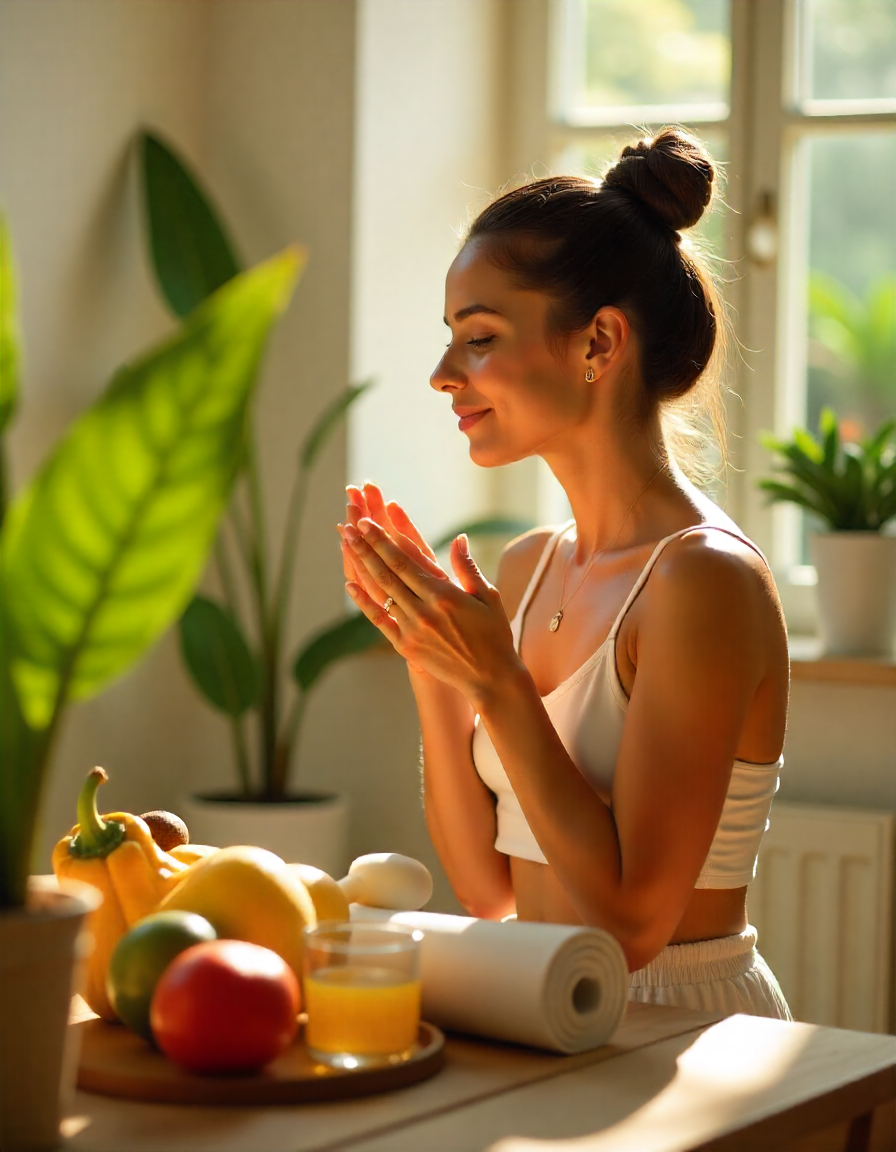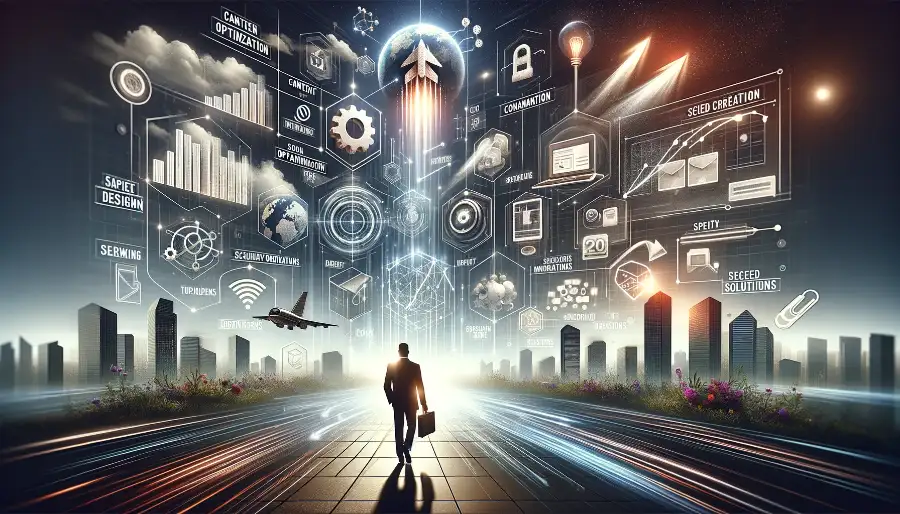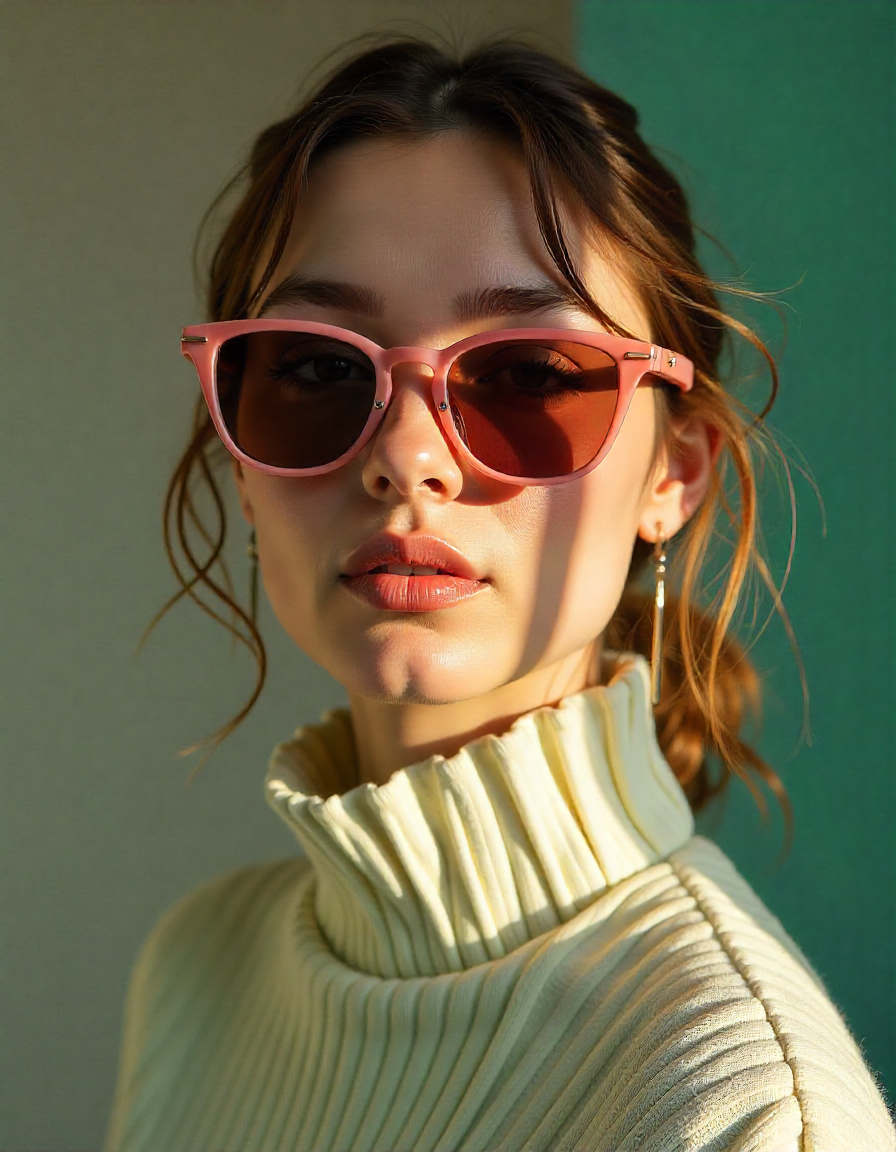Introduction
Beauty is a concept that has fascinated humanity for centuries, yet its definition remains subjective and ever-evolving. It transcends physical appearance, encompassing art, nature, personality, and culture. While society often associates beauty with aesthetic appeal, true beauty is a complex interplay of perception, emotion, and individuality. This article explores the different dimensions of beauty, its cultural significance, the role of media, and how modern movements are redefining beauty standards.
The Philosophy of Beauty
1. Historical Perspectives
Ancient philosophers like Plato and Aristotle debated whether beauty was an objective truth or a subjective experience. Plato believed in an ideal form of beauty, while Aristotle argued that beauty lies in symmetry and proportion. In Eastern philosophies, such as Taoism and Buddhism, beauty is often linked to harmony, balance, and inner peace.
2. Beauty in Art and Nature
Artists throughout history have sought to capture beauty—whether through Renaissance paintings, classical sculptures, or modern abstract art. Nature, too, is a timeless source of beauty, from breathtaking landscapes to the intricate patterns of a snowflake.
3. Inner Beauty vs. Outer Beauty
While physical attractiveness is often celebrated, inner beauty—kindness, intelligence, and compassion—holds deeper value. As the saying goes, “Beauty is not in the face; beauty is a light in the heart.” (Kahlil Gibran)
Cultural Standards of Beauty
Beauty standards vary widely across cultures and eras:
-
Ancient Egypt: Symmetry, almond-shaped eyes, and dark kohl eyeliner were considered beautiful.
-
Renaissance Europe: Fuller figures and pale skin symbolized wealth and health.
-
Modern Western Ideals: Slim bodies, clear skin, and youthful features dominate media portrayals.
-
African and Asian Traditions: Darker skin, tribal markings, and natural hair are celebrated in many cultures.
However, globalization and social media have begun blending these standards, creating a more diverse yet sometimes conflicting perception of beauty.
The Influence of Media and Advertising
1. The Rise of Unrealistic Beauty Standards
Magazines, TV, and social media often promote edited, airbrushed images that create unattainable ideals. This has contributed to body image issues, low self-esteem, and cosmetic surgery trends.
2. The Body Positivity Movement
In response, movements like #BodyPositivity and #NoFilter encourage self-acceptance, celebrating all body types, skin tones, and imperfections. Brands like Dove and Aerie now feature unretouched models in their campaigns.
3. The Role of Influencers
Social media influencers—both positive and negative—shape beauty trends. While some promote harmful beauty standards, others advocate for natural beauty, skincare over makeup, and mental health awareness.
The Science of Beauty
1. Evolutionary Psychology
Studies suggest humans are biologically wired to prefer symmetrical faces and healthy features, as they signal good genetics and fertility.
2. The “Golden Ratio”
Mathematically, facial proportions close to the Phi ratio (1.618) are often perceived as more attractive. However, cultural influences can override this instinct.
3. The Psychology of Attraction
Personality, confidence, and emotional connection play a significant role in perceived beauty. A warm smile or charismatic energy can enhance attractiveness beyond physical traits.
Modern Beauty Trends and Innovations
1. Skincare Over Makeup
The “clean beauty” movement emphasizes natural ingredients, sustainability, and skin health over heavy cosmetics. Brands like Glossier and The Ordinary focus on enhancing natural features.
2. Gender-Neutral Beauty
The beauty industry is becoming more inclusive, with brands like Fenty Beauty and Fluide offering products for all genders.
3. Tech-Driven Beauty
-
AI Beauty Apps: Virtual try-ons for makeup and hairstyles.
-
LED Therapy & Microcurrent Devices: At-home gadgets for anti-aging and acne treatment.
-
3D-Printed Makeup: Customized cosmetics tailored to individual skin tones.
The Future of Beauty
1. Personalized Beauty
Advances in AI and genetics may lead to bespoke skincare and makeup based on DNA analysis.
2. Sustainable Beauty
Eco-friendly packaging, vegan formulas, and zero-waste products are gaining traction as consumers demand ethical choices.
3. Redefining Age and Beauty
Anti-aging is shifting towards “pro-aging”—embracing wrinkles and gray hair as signs of wisdom and experience.
Conclusion
Beauty is far more than skin deep—it is a dynamic, evolving concept shaped by culture, psychology, and personal values. While society often imposes rigid standards, the growing acceptance of diversity and self-love is transforming how we perceive beauty. True beauty lies in authenticity, confidence, and the ability to see beauty in the world around us. As we move forward, embracing inclusivity and sustainability will redefine beauty for future generations.




